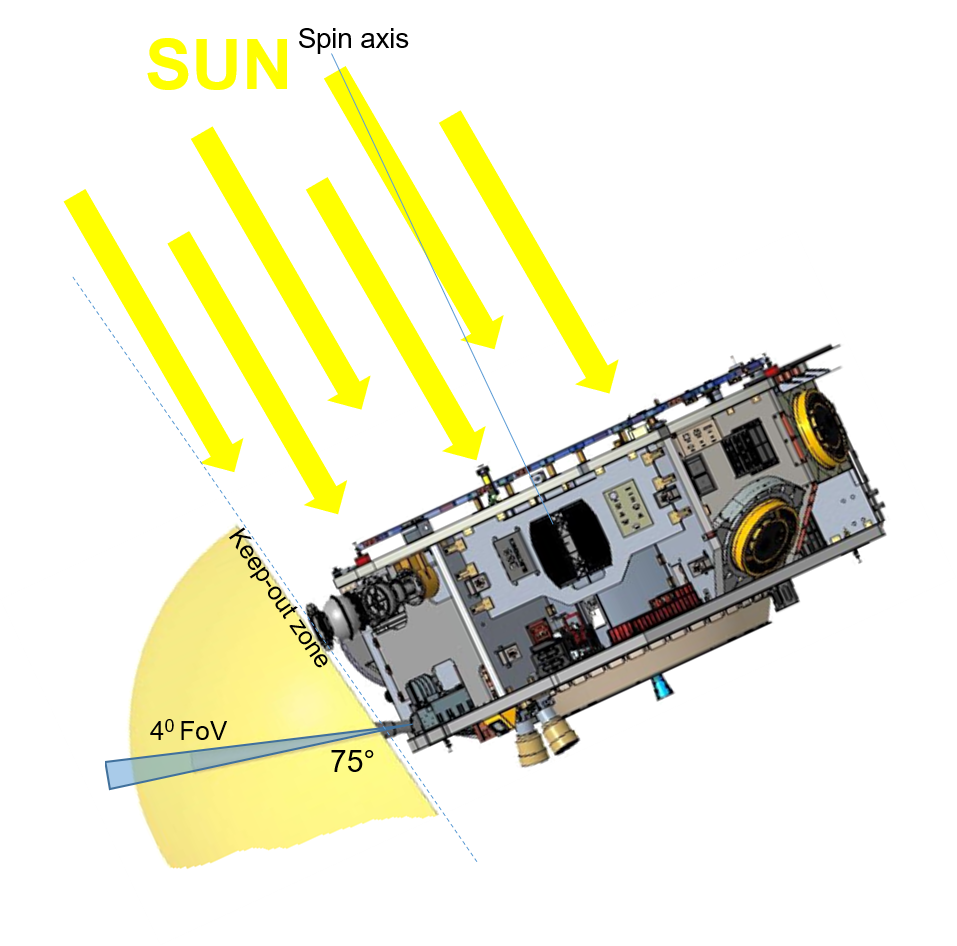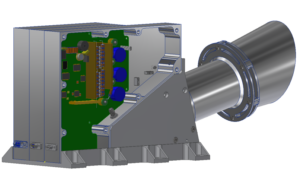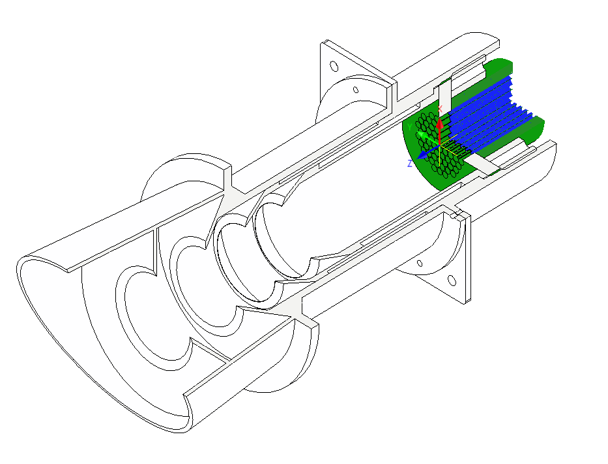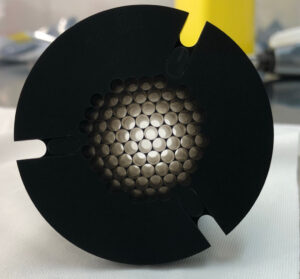GLOWS (GLObal solar Wind Structure) is one of experiments on a NASA mission IMAP (Interstellar Mapping and Acceleration Probe), scheduled for launch into a Lissajous orbit around the Lagrange point L1 in 2025 (McComas, et al., 2018) . The objective of GLOWS is to investigate the global heliolatitude structure of the solar wind and its evolution during the solar cycle. Additionally, GLOWS investigates the distribution of interstellar neutral hydrogen (ISN H) and the solar radiation pressure acting on ISN H.

The GLOWS detector is a non-imaging single-pixel Lyman-α photometer, effectively a photon counting instrument. It is conceptually based on the TWINS/LaD photometer (Nass, et al., 2006),(McComas, et al., 2009) originally designed to observe the terrestrial exospheric resonant Lyman-α glow. The instrument includes a collimator with a baffle, a spectral filter, and a channeltron (CEM) detector. They are connected to the electronics block, responsible for collecting the event pulses and binning them for downlinking to the ground. The instrument is designed and assembled in the Space Research Centre PAS (CBK PAN). Model of the GLOWS instrument is shown in Figures 2-3.


Optical entrance system consists of:
- baffle, that eliminates photons from outside of the field of view (Figure 4)
- collimator, that allows only photons from direction parallel to optical axis (Figure 5)
- spectral filter, that passes only photons within narrow wavelength band around Lyman-



